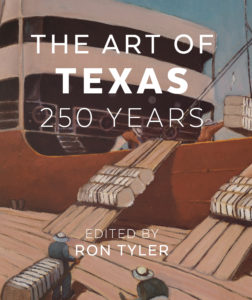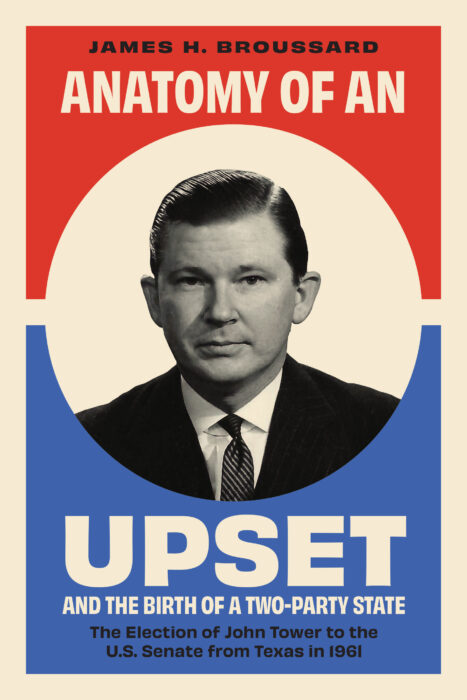
By James H. Broussard
Whether discussing contemporary American political issues, Federalist opposition to Jeffersonian ideology, or the shape and texture of Texas politics, the late Jim Broussard evinced a keen understanding of what moved voters. His love of politics, combined with his keen analysis, is evidenced on almost every page of Anatomy of an Upset. Let Broussard explain the importance of the hinge election of 1961 as part of a broader, consequential shift in Texas partisan alignment. Order TODAY from your favorite bookseller!
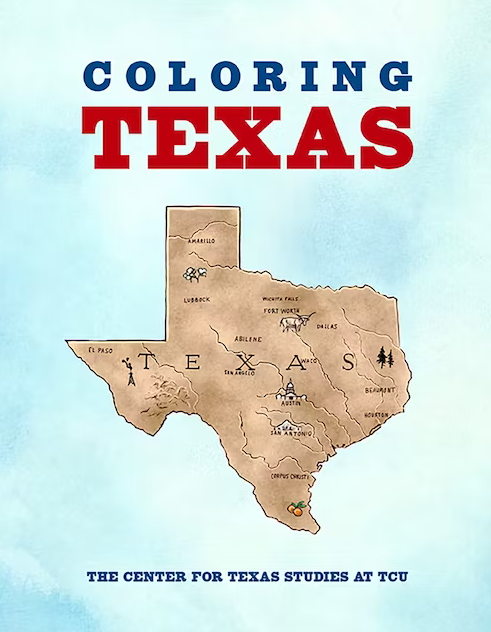
Coloring Texas: A Texas History Coloring Book
Illustrated by Deran Wright; Captions by Gregg Cantrell and Translated by Arturo C. Flores
Filled with images depicting people, places, and events in state history, Coloring Texas is a treat for all ages. Artist Deran Wright’s carefully researched drawings depict such familiar characters as Santa Anna and Sam Houston; lesser-known personalities such as Corrine Williams and Davey O’Brien; and unnamed Native Americans, Buffalo Soldiers, ranchers, oilmen, and others who inhabit the story of Texas. Educational captions written by Gregg Cantrell and translated by Arturo Flores accompany Wright’s work. Coloring Texas will be an entertaining historical refresher and stress reliever for any adult, but teachers will find that it highlights many topics covered in TEKS, while the bilingual descriptions make it especially useful in ESL classes.
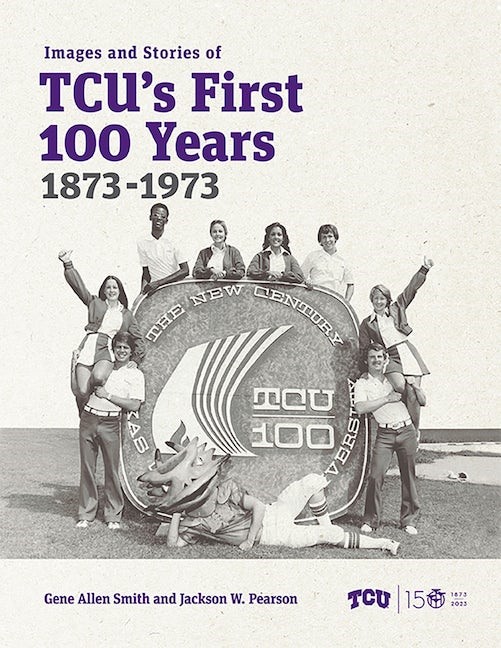 Images and Stories of TCU’s First 100 Years, 1873-1973
Images and Stories of TCU’s First 100 Years, 1873-1973
by Gene Allen Smith and Jackson W. Pearson
Did you know there was a plane crash on the TCU campus? Or that TCU once had an airport? Were you aware that TCU began integrating during World War II? Discover these and other interesting tidbits in Images and Stories of TCU’s First 100 Years, 1873–1973, which offers a visual and anecdotal history of TCU’s evolution. Images and Stories examines the university’s evolution as it moved from location to location, uncovering stories about TCU’s students and faculty and following the growth and expansion, changes and challenges, and struggles and successes that led to the TCU Centennial 1973. Some of the images and stories are well known, but many will come as a surprise. Enjoy the ride!
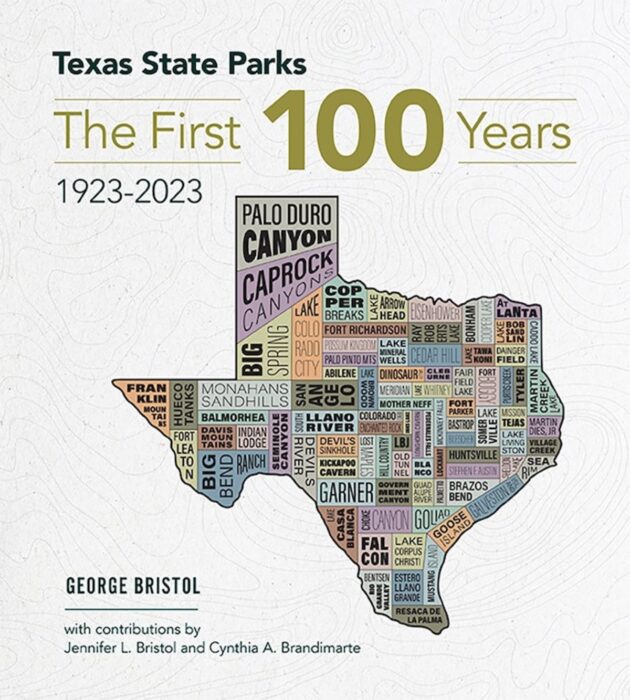 Texas State Parks: The First 100 Years, 1923-2023
Texas State Parks: The First 100 Years, 1923-2023
by George Bristol
Texas State Parks: The First 100 Years, 1923–2023 examines the history of one of Texas’s most treasured assets: our state parks. From the legislative establishment of the original Texas State Parks Board to the present, the development of our state and national parks over the last one hundred years has depended upon an evolving concept of public lands for public use and enjoyment.
One of America’s best ideas has been a parks system for all—first at the national level, then among the states. In Texas, leaders have emerged at every stage of this hundred-year history to lend their names and reputations to the cause of conservation and preservation, which has met growing acceptance among the public at large. This book explores the contributions of these giants at all levels. Together, they gave meaning to Teddy Roosevelt’s call to arms for the preservation of public lands as one of the country’s foundations of an “essential democracy.”
Wanted in America: Posters Collected by the Fort Worth Police Department, 1898-1903
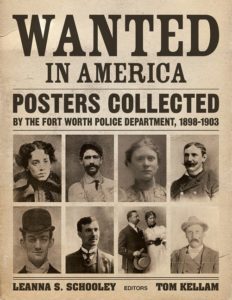
edited by LeAnna S. Schooley and Tom Kellam
This book of genuine wanted posters distributed by law enforcement agencies at the turn of the twentieth century will change your perspective on the genre. Wanted in America: Posters Collected by the Fort Worth Police Department, 1898–1903 features fifty posters and the fascinating true crime stories behind them. While some of the offenders are virtually unknown today, others, such as Butch Cassidy and the Sundance Kid, remain household names. You will meet fugitive pickpockets, embezzlers, robbers, kidnappers, murderers, and more, along with their associates and their victims. They are a cross-section of America—men and women of all ages, social classes, and many races and nationalities. Though the notices were created on a local level, they reflect national social and economic changes in a growing population.
edited by Ron Tyler
Winner: 2020 Texas Institute of Letters’ Ramirez Family Award for Most Significant Scholarly Book
Winner: 2020 Publication Award from the Center for the Advancement and Study of Early Texas Art (CASETA)
Critic Michael Ennis stated twenty-five years ago that there has never been more than a cursory overview of Texas art from the nineteenth century to the present. The Art of Texas: 250 Years now tells a deeper story, beginning with Spanish colonial paintings and moving through two and a half centuries of art in Texas. By the twentieth century, most Texas artists had received formal training and produced work in styles similar to European and other American artists. Written by noted scholars, art historians, and curators, this survey is the first attempt to analyze and characterize Texas art on a grand scale.
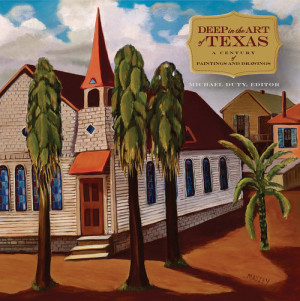 Deep in the Art of Texas: A Century of Paintings and Drawings
Deep in the Art of Texas: A Century of Paintings and Drawings
edited by Michael Duty
J. P. Bryan, whose monumental collection of Texas art is the source of this traveling exhibition, determined that he would collect only those artists who had actually participated in the settlement of Texas—not artists who imagined the events after they were history. Thus, as editor Michael Duty observes, Deep in the Art of Texas constitutes not just a tour of Texas artists, but a virtual tour of the romantic history and vast geography of the state itself.
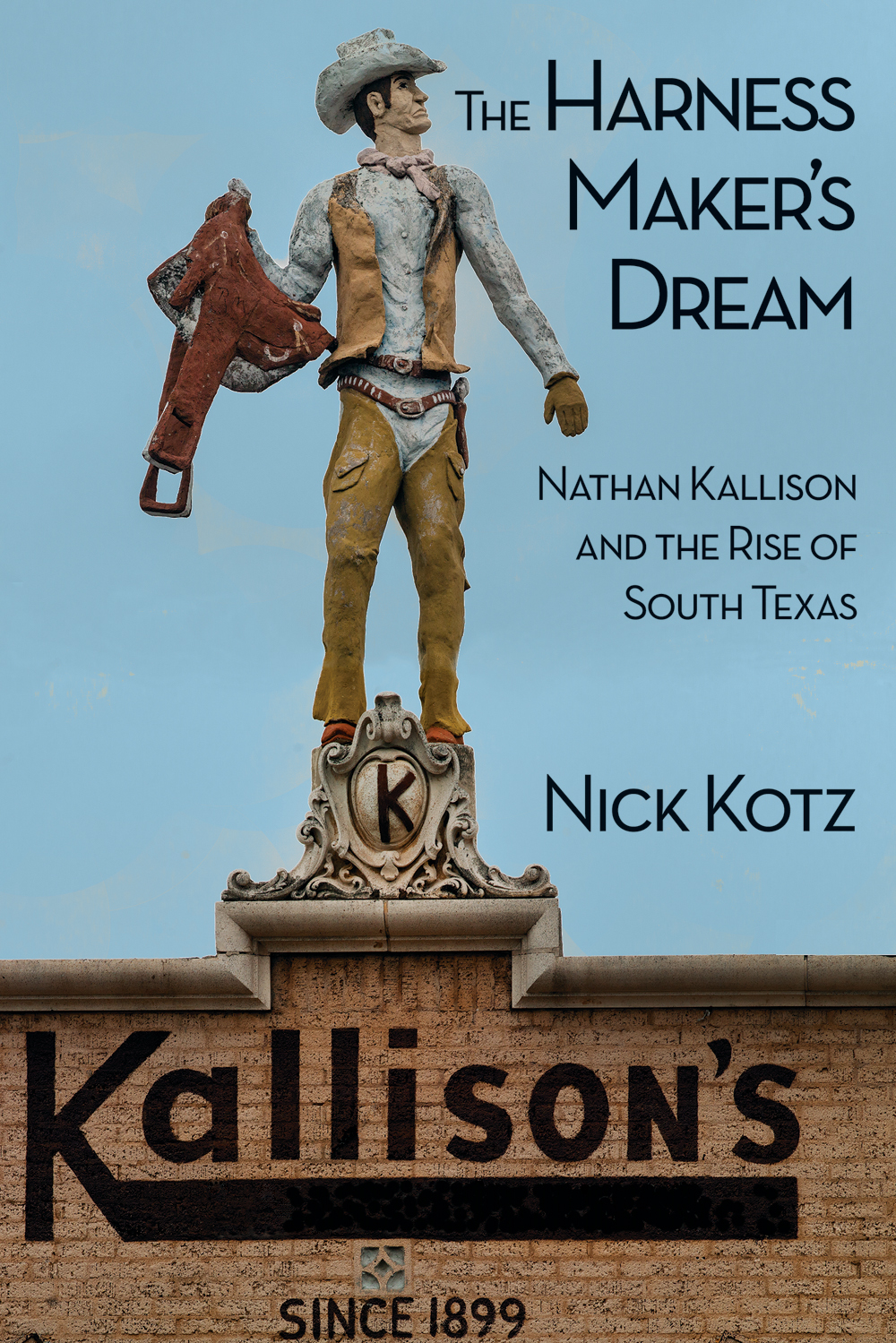 The Harness Maker’s Dream
The Harness Maker’s Dreamby Nick Kotz
Both historical study and ancestral narrative, The Harness Maker’s Dream follows the story of Ukrainian immigrant Nathan Kallison’s journey to the United States in search of a brighter future. Author Nick Kotz, grandson of the subject, provides a moving account of his ancestors’ search for the American dream. Kotz’s work has received recognition by the Texas Jewish Historical Society for eloquently depicting the reality of life for Jewish immigrants in Texas during this time and delineating their significant contributions to society. His insight into the life of this inspiring individual will prompt readers to consider their own connections to America’s immigrant past and recognize the beauty of our nation’s diverse history.
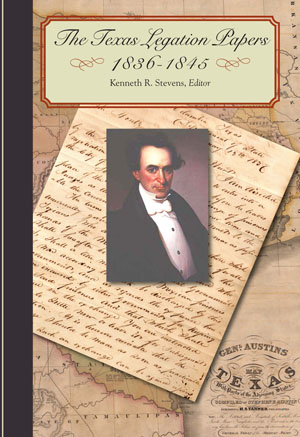
The Texas Legation Papers, 1836-1845
edited by Kenneth R. Stevens
First-hand reports tell the story of the Republic of Texas diplomatic legation to the United States from 1836 until achieving statehood in 1845
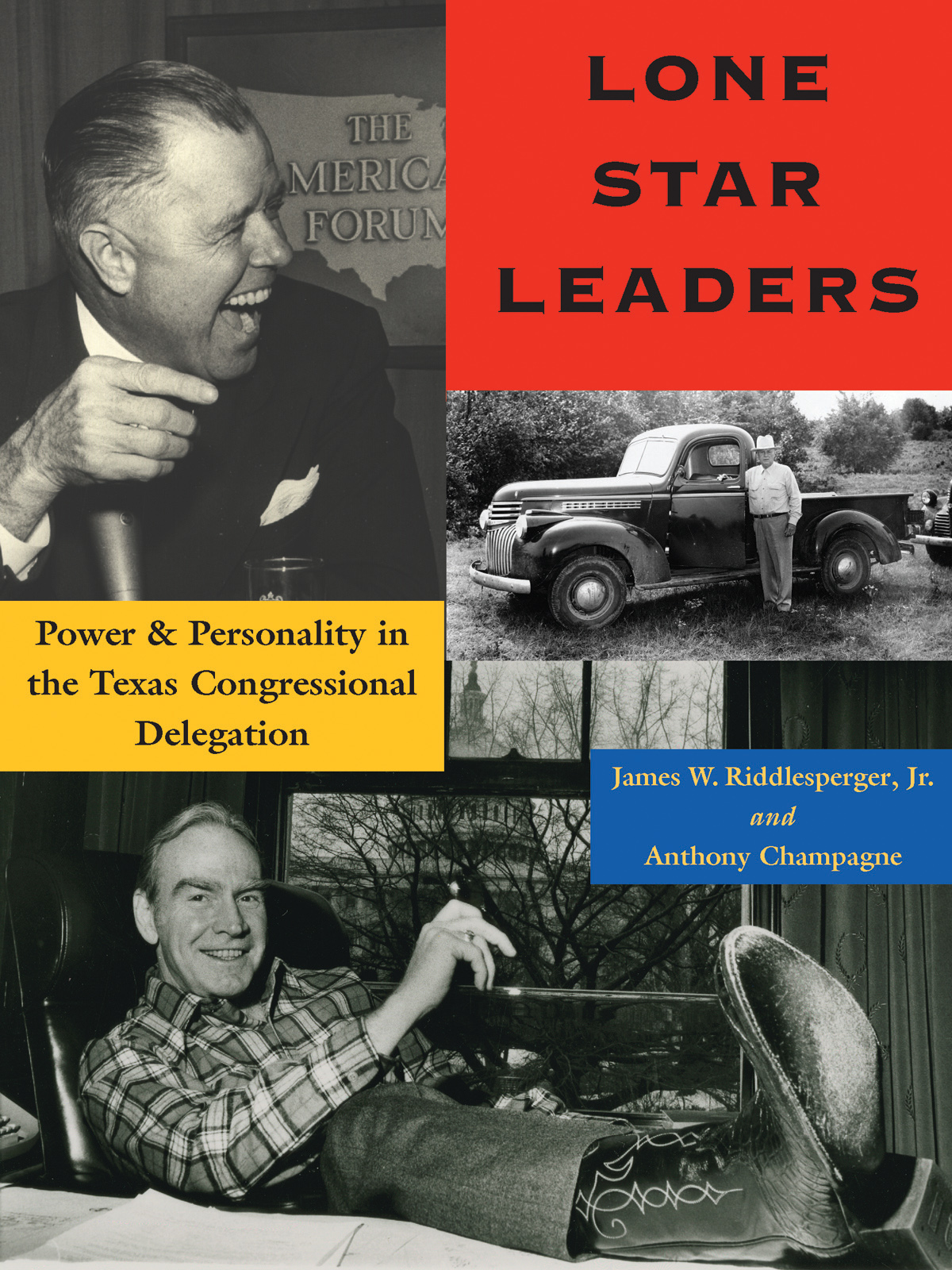 Lone Star Leaders
Lone Star Leadersby James W. Riddlesperger Jr. and Anthony Champagne
This book is the story of the men and women who represented Texas in Congress. For a century and a quarter they were masters of congressional politics and represented Texas on the national stage. Authors Jim Riddlesperger and Tony Champagne paint lively pictures of the characters—party leaders, committee chairs, and the political pioneers—who made Texas a major player in congressional politics for the past 125 years, as well as the ideologues and the buffoons that are also part of the Texas congressional story.
 A Century of Partnership: Fort Worth and TCU
A Century of Partnership: Fort Worth and TCU
by Mary L. Volcansek
On the 100th anniversary of TCU’s move to Fort Worth, this book explored the relationship between town and gown, between the city and the university that are inextricably linked. It recounts the history of the university, how its academic programs enhanced city life, how the university’s myriad arts offerings created a reciprocal relationship with Fort Worth’s art community, how campus life was transformed and influenced by city life, how the physical makeup of the campus affected the look of the city, and how the athletic program inculcated die-hard fans with love of all things Purple.
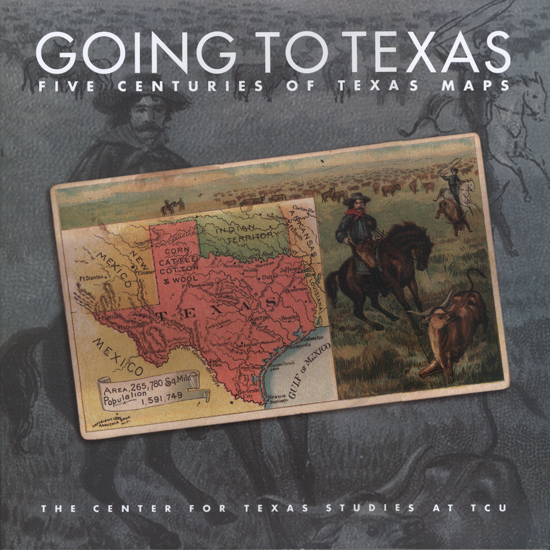 Going to Texas: Five Centuries of Texas Maps
Going to Texas: Five Centuries of Texas Maps
by Center for Texas Studies at TCU
This volume illustrates the history of the Lone Star State through color plates of sixty-four historic Texas maps from the Marty and Yana Davis Map Collection, Sul Ross University, Alpine, and includes ten original essays written by noted historians. Going to Texas is a catalog that accompanied the exhibition of the maps which range from the earliest sixteenth-century maps of New Spain to early settlement, the republic and statehood, and into the twenty-first century. The maps are presented not only as historical artifacts but also as representations of culture, art, politics, and the great trends of industrialization and westward expansion. They reflect much of the American movement toward Manifest Destiny and the creation of the myths of The West.
